
Cleaver Economics The Basics (Routledge, 2004)
.pdf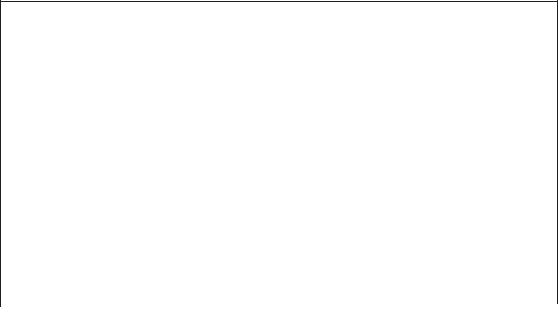
Distance Y is much greater than the distance J. Clearly, the shallower the slope of the leakages function L, the greater the rise in income any shift up in injections will cause. This illustrates that the smaller the fraction of leakages as incomes rise, the more export earnings are passed on domestically to others in the economy and the less leaves the system. The greater the rise in national income must result. Thus the FOREIGN TRADE MULTIPLIER is measured by the ratio Y/ J that is, the change in income divided by the change in injections from export earnings.
There are important conclusions here to this analytical model. Export earnings generate multiplied income growth. Extending this principle further we can see that if country A trades with country B, and B with C and C with A then, first, all can stimulate economic growth with each other. International trade is not a zero sum game where if one country gets richer another must get poorer. Second, the more that trade extends, the higher the proportion of GROSS DOMESTIC PRODUCT that is exported or imported, then the greater will be the foreign trade multiplier. For good or ill, we tie our fortunes into those of others the more we trade with them (Box 6.2).
Finally, not only will macroeconomic levels of income be affected by trade as just demonstrated, but microeconomic reallocations of resources —changes in the patterns of national output and
Box 6.2 The importance of trade
In Figure 6.4 we can see the importance of international trade to certain countries’ economies. Large nations such as the USA may offer huge markets to smaller countries like Singapore but nonetheless trade only impacts about 10 per cent of US incomes. Singapore’s economy, on the other hand, revolves around exports, imports and re-exports (which explains why the total rises above 100 per cent!). Any slight improvement or deterioration in the fortunes of others has immediate implications for a small trading nation like this. Low-income countries like Nigeria which export relatively few products can similarly be very dependent on trade.
© 2004 Tony Cleaver
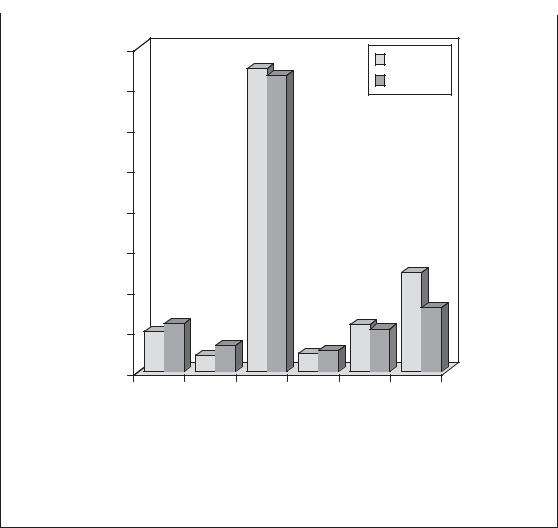
160 |
|
|
|
|
Exports |
|
|
|
|
|
|
140 |
|
|
|
|
Imports |
|
|
|
|
|
|
120 |
|
|
|
|
|
100 |
|
|
|
|
|
80 |
|
|
|
|
|
60 |
|
|
|
|
|
40 |
|
|
|
|
|
20 |
|
|
|
|
|
0 |
|
|
|
|
|
UK |
USA |
S'pore |
India |
China |
Nigeria |
Figure 6.4 Merchandise trade as a percentage of GDP (2000).
Source: World Bank Development Report, 2002.
employment —will result in all trading countries. These points will be returned to later in this chapter after concluding the analysis on the balance of payments.
T H E B A L A N C E O F P AY M E N T S
Money crosses a country s frontiers as a result of international buying and selling of merchandise (the visible balance of trade); purchase and sale of services (the invisible balance) and movements on capital account —short-term, speculative (or hot money ) flows or longer-term, cross-border investment in plant, machinery, etc.
Any imports of merchandise, for example UK purchasing Chilean wine, result in an outflow of money; exports to overseas buyers of, say, locally produced spirits will conversely bring in earnings. Invisible imports are represented by, for example, purchase of foreign holidays, which causes an outflow of money from a nation s
© 2004 Tony Cleaver
trade account. Invisible exports could be profits repatriated from domestic businesses operating overseas.
The day-to-day money flows on visible and invisible trade are summed up in the balance of payments on current account , sometimes referred to as the current balance. Add to this the inward or outward movements of capital on the capital account and you arrive at the overall net balance or total currency flow.
Net movements of money between countries can have important implications and it is necessary to examine both causes and effects of such currency flows.
C a u s e s
As already mentioned, domestic incomes are an important determinant of import spending. As the former grows, so must the latter — like all consumption spending. The speculative demand for foreign bonds is also in part determined by domestic incomes but is perhaps more affected by changes in interest rates (see Chapter 5). Shortterm capital flows in particular are highly internationally mobile — almost perfectly price-elastic. That is, a slight increase in rates of interest on bonds and securities in country A above those prevailing in country B will result in cashing in bonds in B and transferring the money to A. As regards long-term overseas investment, the rate of interest in the money markets is relevant though we noted in Chapter 4 that a more important determinant is the expected future profitability of such investment.
Assuming expectations are exogenously given, we can graph total currency flows of the balance of payments on axes contrasting national income with rates of interest.
The BoP line in Figure 6.5 shows all the levels of income and rates of interest at which a nation s balance of payments is in equilibrium. Consider point Ycb. Derived from Figure 6.2, this shows the unique level of domestic income where the current account is in balance. (Recall that any income levels higher than this would see imports rise and the current balance go into deficit; any lower income would produce a current surplus.) Overall balance in the BoP requires that the capital account is in balance at this point also —which it would be if the domestic interest rate were equal to the prevailing market interest rate rw obtained elsewhere in the world (Box 6.3).
© 2004 Tony Cleaver
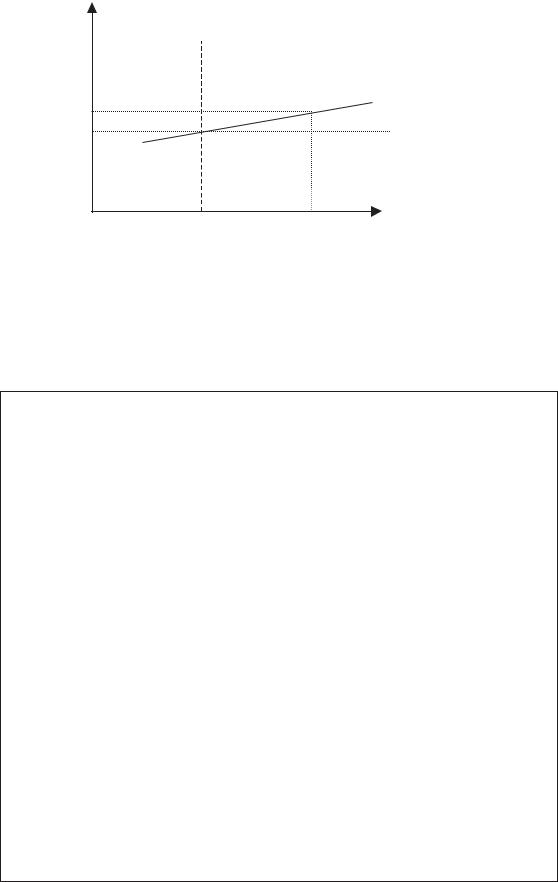
Rate of interest: r
Current account |
|
|
Surplus |
Deficit |
|
r1 |
|
BoP |
|
|
|
rw |
|
rw |
Ycb |
Y |
National income:Y |
|
||
Figure 6.5 The balance of payments curve.
Box 6.3 World interest rates
World money markets offer a variety of different places you can invest your funds – some a lot more risky than others. This is much the same in principle to investing money in your own country – some projects you might consider putting money into are less secure than others. The international scene multiplies potential investment outlets enormously but gilt-edged bonds in, say, the US government will carry the same rate of interest as their European equivalents, minus some percentage for the risk of exchange rate variation over the period you are considering. For the purposes of this analysis, assuming no surprises, if market rates of interest in any one country increase or decrease substantially from what other, equally secure alternatives are offering then international funds will flow in or out in immediate response. For example, the London-based business which has just sold an expensive building and has several million pounds of cash in its coffers for the time being will place this on Wall Street, New York, rather than in the UK if the interest rate differential between the two is tempting enough.
© 2004 Tony Cleaver
A country s BoP line rises at a relatively shallow line from this point rw —signifying it is highly interest-elastic. At income level Y* the current balance is in deficit (imports of goods and services exceed exports) but if domestic rates of interest are increased just a little above world rates (r1 exceeds rw by a narrow margin) then foreign capital will flood into the country sufficiently for the capital account surplus to equal the current account deficit. The balance of payments is maintained.
Balance of payments is thus illustrated for all domestic income levels and interest rates, though note the more unresponsive, or price-inelastic are world currency flows the steeper will be this BoP line.
There is a problem here, however. If a country needs to raise its interest rate to balance international currency flows it cannot at the same time use monetary policies to stimulate domestic spending and investment. As implied in the last chapter, you cannot use interest rates to regulate the domestic money supply, open your borders to unrestricted financial markets and use interest rates to protect the balance of payments. If a country chooses to opt for these first two variables in the impossible triangle it must adopt measures other than monetary ones to adjust its trading relations.
Astute readers might also have noticed another problem. If interest rates are increased to secure a capital inflow needed to balance a current account deficit, then it must repay this capital sometime. In the future, the nation concerned must somehow achieve the reverse of this situation: a current account surplus that therefore allows a capital outflow. Countries cannot increase their indebtedness forever.
The only long-term, sustainable position for a country in international trade, therefore, is to secure a level of income Y* that represents full employment at home with balance in the current account and balance on the capital account. This would mean a position on Figure 6.5 where Ycb is consistent with Y* and local rates of interest equalled the world rate, rw.
How is this possible? The country must adjust its import spending and export sales such that the current account obtains balance at a higher income level than illustrated in Figure 6.5. This
© 2004 Tony Cleaver
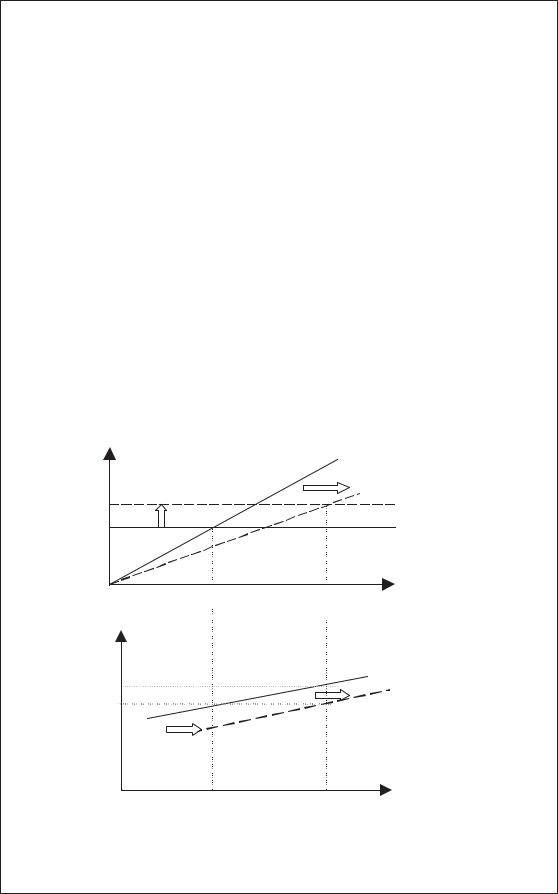
Like in Figure 6.2, the upper diagram in Figure 6.6 here shows imports rising with income, exports exogenously given. If imports were somehow decreased and exports increased by the government then the two functions X1 and M1 would shift as illustrated to give a new current account balance at income level
Ycb2.
On the lower diagram, the shift forward in the income level where the current account balances from Ycb1 to Ycb2 means the BoP line shifts similarly. Remember that the BoP line shows all points where the current account and the capital account are both balanced. The latter is only true where domestic rates of interest equal rw, the former where national income equals Ycb2. Line BoP2 now shows these properties. Both capital and current accounts are thus balanced where Ycb2 equals Y*, which is consistent with full employment.
Imports, exports
|
|
M1 |
|
|
M 2 |
|
|
X2 |
|
|
X1 |
Y |
|
Income: Y |
Ycb1 |
|
Ycb2 |
r |
|
|
r 1 |
|
BoP1 |
|
|
|
rw |
|
BoP2 |
|
|
Y |
Ycb1 |
Ycb2 |
|
|
Y |
|
Figure 6.6 A shift in trade relations.
© 2004 Tony Cleaver
can be done in one of two ways (see following sections): either by direct controls or by devaluing the exchange rate. (Note, if Ycb cannot be increased then the only other course of action is to reduce or deflate equilibrium income Y* until it reaches Ycb —not a pleasant option.)
D i r e c t Co n t r o l s
One way of reducing imports and increasing exports is for governments to resort to controls on trade. By imposing TARIFFS or QUOTAS on imports, and by giving tax concessions or direct payments to encourage domestic industry to export, a country can improve its balance of payments. Many different countries have used such policies at various times in the past but, particularly in the case of a large economy, they are not at all popular with trade partners. Direct controls are contrary to the spirit of trade liberalisation and are likely to provoke retaliation. What then occurs is that trade barriers go up in one country after another and all suffer in the end (Box 6.4).
D e v a l u a t i o n
All of the discussion so far has assumed that exchange rates are fixed, that trade deficits or surpluses result in continuing outflows or inflows of money into an economy. This is a fair assumption since for the most part countries resist short-term fluctuations of exchange rates. They are very destabilising. Imagine a country trying to sell its produce abroad when the price of its currency, and therefore its exports, is continually changing. It would have great difficulty.
Short-term imbalances in money flows can be financed by a country running down or building up its reserves of foreign currency. For example, a trade deficit means more people are buying imports and thus selling local currency to buy foreign exchange. Excess sales of the domestic currency will not result in a fall in its price, however, if the country s central bank can provide the foreign reserves to match supply with demand. Thus the exchange rate can stay fixed.
© 2004 Tony Cleaver

Box 6.4 US controls on imported steel
In March 2002, the Bush administration imposed tariffs on imports of steel to the USA. The move was an attempt to protect jobs in America’s declining steel industry in states such as Ohio, West Virginia and Pennsylvania. Coming from the world’s largest economy and a valued market for steel-making countries in Asia and Europe, this protectionist action was a powerful blow against the interests of global trade as a whole. If other countries followed the US lead in trying to restrict imports then all international trade would suffer and growth in world incomes would slowly grind to a halt.
An angry European Union was not slow to respond. It threatened to place tariffs on Florida orange juice and a host of other American goods if the steel duty was not removed. A fearful WORLD TRADE ORGANISATION (WTO) ruled the US action as illegal.
On 4 December 2003, President Bush declared that the ‘temporary measure’ to help the US steel industry had run its course and he re-stated his belief that America was ‘better off in a world that trades freely and a world that trades fairly’ and he withdrew the steel tariff. Everyone (except US steel producers) breathed a sigh of relief.
Source: The Economist, 6 December 2003.
But long-term deficits cannot be sustained in this way —reserves will soon become exhausted. Sooner or later the local currency must lower, or devalue, its exchange rate.
When this happens, exports have a lower price when quoted in foreign currencies; imports become more expensive. (As all tourists know, when the local currency is weak, foreign holidays become more expensive.) Demand for imports falls as their price rises; conversely export demand tends to rise.
T h e J - C u r v e E f f e c t
These changes tend to correct money flow imbalances and thus restore equilibrium to the balance of payments — though not
© 2004 Tony Cleaver
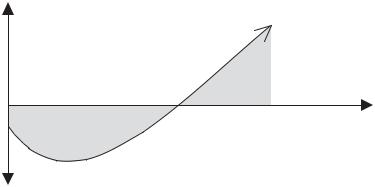
straight away. Because import orders may be fixed and contracts signed, demand for them will not change as their foreign currency price rises. The immediate effect is an even larger outflow of funds. Demand, however, does become more price-elastic over time. Consumers will place orders with domestic alternatives if foreign sources are now more expensive.
The same tendency can be observed with exports. They will not increase at once. First it takes time before foreign customers become aware of price falls and respond by increasing demand and there is also a time lag for domestic suppliers to react, to adjust production schedules and to increase output. That is, both demand and supply may be price-inelastic at first.
Total currency flow thus takes the following J-curve shape over time: in Figure 6.7, starting from a deficit position at time 0, the balance of payments becomes even more negative as an immediate consequence of devaluation, but steadily improves thereafter.
How long things take before the balance of payments becomes positive is crucially dependent on the supply elasticity of exports. If suppliers can increase production quickly consequent upon an increase in overseas demand then earnings will improve, but if there is any reluctance on the part of resources (labour and capital) to move into export production and to increase productivity then the J-curve may be very flat and may not move into surplus for a long time, if ever. In such a circumstance the country will inevitably suffer deflation —a loss of income and the reduction of living
Total currency flow
+
Surplus
0 |
Time |
Deficit
–
Figure 6.7 The effect of devaluation on the balance of payments over time.
© 2004 Tony Cleaver
standards —as the most painful way to reduce import spending and thus eventually to balance its trade relations.
C O M P A R AT I V E A D VA N TA G E A N D T H E G A I N S F R O M T R A D E
Throughout history, countries all round the world have resorted to various measures to try and improve their balance of payments. The 1930s in particular were years when direct controls and competitive devaluations were attempted by some nations to maximise injections and minimise leakages at the expense of others. They were known as MERCANTILIST or beggar my neighbour policies and, as a result, only served to export recession and impoverish trade for all.
If a country tries to protect its own industries from losing out to imports and subsidises exports to try and steal overseas markets from others then it cannot succeed in the long run. It commits the fallacy of composition. What seems a good policy for one country to practise cannot work if all do the same. If nobody wants to buy goods from anyone else then clearly no one can sell any goods. (Even if one nation could successfully and selfishly exploit a partner for some time —if country As income grows by reducing country B s —then this cannot continue for long before the export market is exhausted.)
As a general rule, the WTO argues that free trade is the best policy. It tries to promote the idea of all countries growing together. Despite the popular protests against globalisation, the WTO insists that all nations, whether rich or poor, benefit from a world regime of unrestricted international trade. Rather than protest about bringing down the barriers to commerce, it is alleged that this is the one measure most likely to improve the fortunes of the poorest nations on the planet.
The argument that supports this claim is the principle of COMPARATIVE ADVANTAGE, which has been lauded as the most important, non-obvious principle of economics. Evidently it is a general law that is not well understood by the general public. Certainly it is difficult to implement since domestic voters (especially in rich countries) who consider themselves vulnerable to trade can create a lot of political obstacles. This is one of the most important issues in
© 2004 Tony Cleaver
